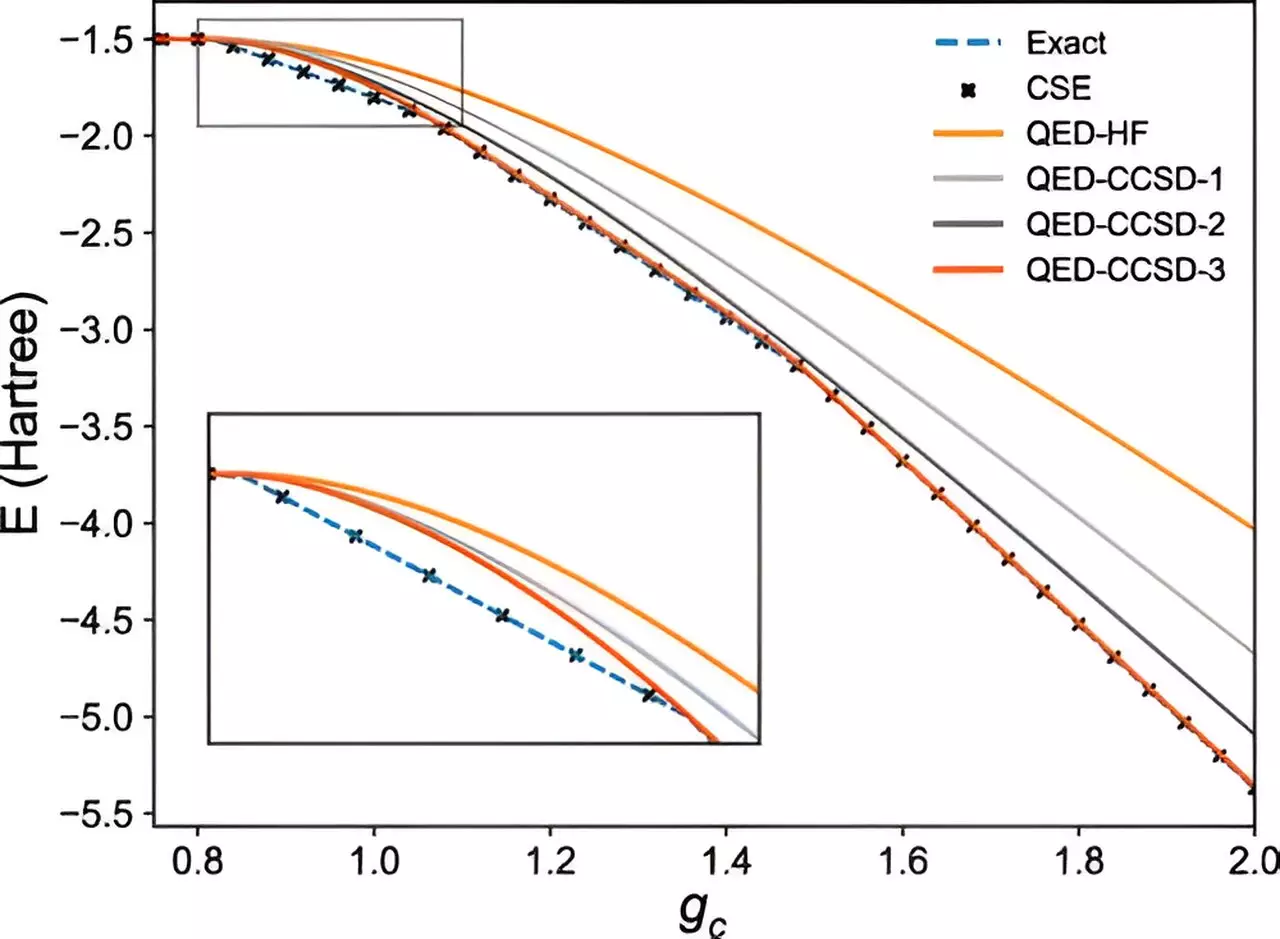The study conducted by the University of Trento in collaboration with the University of Chicago introduces a novel approach to understanding the interactions between electrons and light. This research has the potential to revolutionize the field of quantum technologies and lead to the discovery of new states of matter. Published in Physical Review Letters, this study sheds light on the significance of unraveling the complexities of quantum particles interactions.
The Importance of Understanding Quantum Interactions
Delving into the interaction between quantum particles is fundamental for uncovering new molecules or materials that could be instrumental in developing innovative technological or medical applications. When molecules or chemical compounds interact with light, there is a significant alteration in their physical properties. This realization has given rise to the emergence of polaritonic chemistry, a field focusing on initiating new chemical reactions through light catalysis. By controlling light-matter interactions, researchers can manipulate and synthesize novel quantum matter, paving the way for groundbreaking discoveries.
The Challenge of Quantum Systems
The study acknowledges the inherent complexity involved in analyzing quantum systems that encompass a multitude of elements such as electrons, photons, and phonons. Calculating the wave function of such intricate systems poses a significant challenge since it necessitates capturing the essential physical information required to make accurate predictions about the behavior of numerous quantum particles of varying types. Overcoming these obstacles requires innovative approaches and theoretical frameworks.
A group of researchers from the University of Chicago, led by Carlos Leonardo Benavides-Riveros and David A. Mazziotti, made a significant contribution to this domain. They devised a theoretical prescription, known as an “ansatz,” to facilitate the prediction of interactions within a many-body quantum system on a quantum computer. This ansatz was then extended to address systems containing multiple types of quantum particles, including electrons, photons, and phonons.
The researchers conducted simulations of a universal quantum algorithm on an IBM quantum computer, achieving zero theoretical error. This breakthrough lies in the development of a unified approach capable of generating exponential prescriptions for many-body quantum systems with diverse particle types. Implementing these prescriptions on quantum devices yields exact wave functions, offering unparalleled insights into the states of matter.
The researchers emphasize that the introduction of additional quantum particles beyond electrons, such as photons, can lead to the creation or suppression of fascinating properties when interacting with quantum systems. This universal formulation of the problem enables a deeper understanding of the wave function’s structure and, consequently, its physical properties. Moreover, the suitability of the ansatz for quantum computers opens up new avenues for utilizing these advanced technologies in modeling crucial molecular phenomena related to light-matter interactions.
The collaborative efforts of researchers from the University of Trento and the University of Chicago have propelled the field of quantum technologies forward. By elucidating the intricate interactions between electrons and light, this study has laid the groundwork for future advancements in quantum computing and the exploration of novel states of matter. The fusion of theory with experimental validation marks a significant milestone in the quest to unravel the mysteries of quantum systems and harness their transformative potential.

